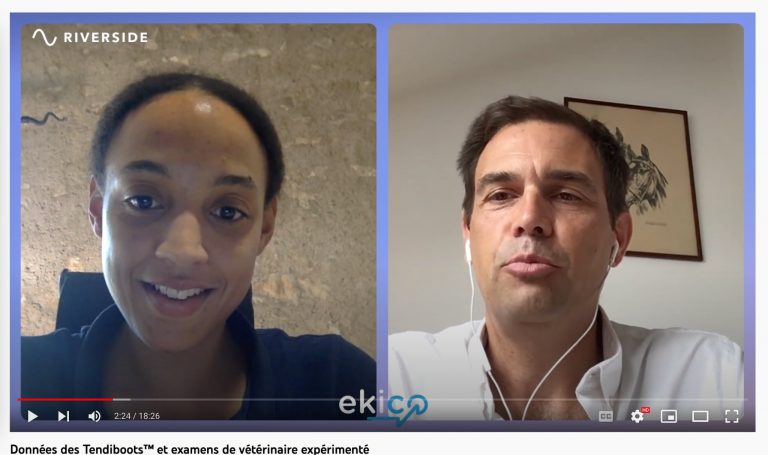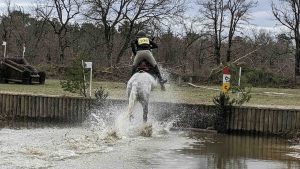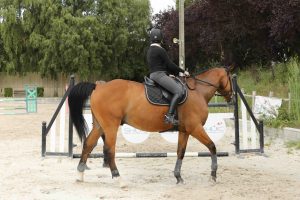At the head of his own activity since 2007 (Horsevet Team), Dr. Riba de Ave travels around Portugal to ensure the follow-up of the sport horses in his charge. Passionate about the biomechanical functioning of the horse, he has integrated the Tendiboots™ system into his professional practice.
Objective data, in addition to the subjective knowledge
As a specialist, Rodrigo knows the competition horses very well, which he follows during the competition seasons. If the data exposed by the Tendiboots™ horse boots do not alone allow a diagnosis to be made, they nevertheless complement the veterinary examination and refine the diagnostic search, particularly in complex cases. The exploitation of data is aimed at specialists, able to interpret them correctly.
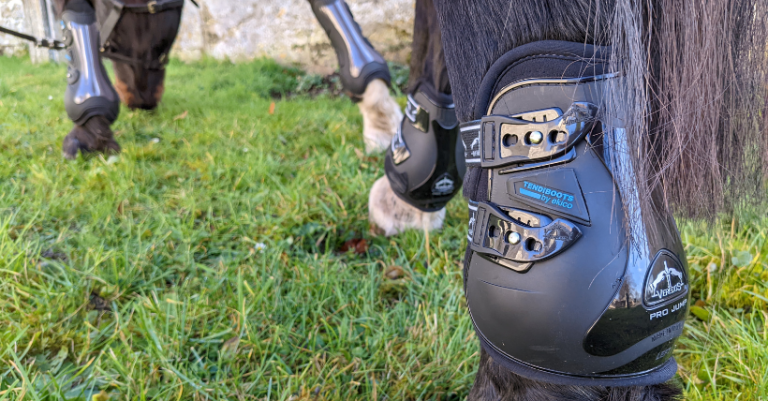
Example of sport horse monitoring
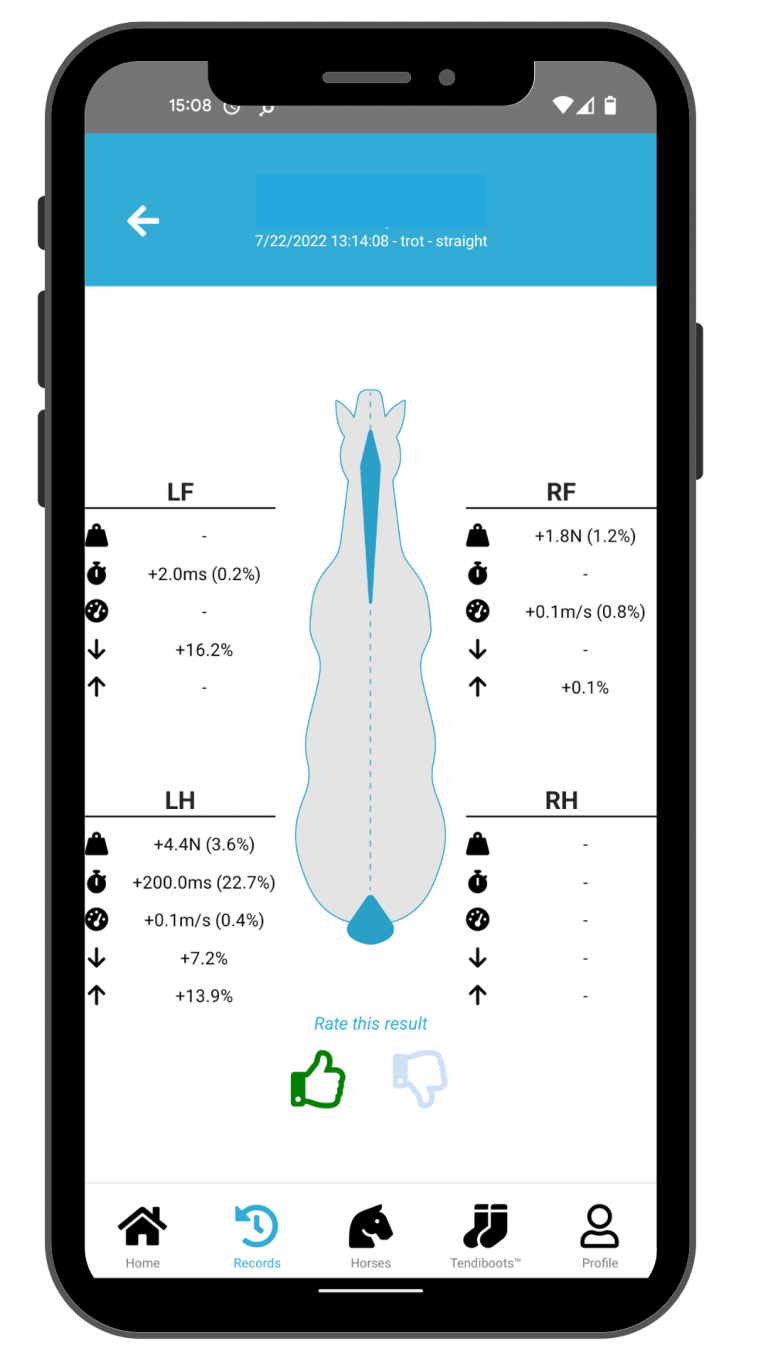
Dr. Riba de Ave regularly follows sport horses throughout their competition season. Therefore, examinations are carried out at several weeks or months intervals depending on the needs. During these routine examinations, the veterinarian observes the horse’s progress and may also collect additional information potentially undetected by visual observations alone.
This was particularly the case for a sport horse which did not show any apparent locomotor disorders during the dynamic examination. However, the data revealed that there was a problem with the right hindlimb.
The reading of the data helps to guide the diagnostic research, by deepening the examinations on a limb for example, or by comparing the functioning of a limb compared to the others.
These explorations can be done:
- via the dynamic examination, by having the horse trot again on soft or hard ground, in a circle, on a straight line and, finally, by performing flexions. In the case of the example presented here, the difference in functioning of the right posterior perceived by the Tendiboots™ horse boots was very subtle on visual observation.
- via physical examination by palpation of the limbs. In the case of the exchange with Rodrigo, the horse examined showed subtle distension of the fetlock tendon sheath of the right posterior.
- via additional examinations, such as ultrasound. In the case reported in this interview, the ultrasound was able to highlight tendonitis of the deep flexor of the right hindlimb.
Thus, thanks to the Tendiboots™ data, the veterinarian was able to make the decision to continue the search and finally find the lesion, despite the fact that the horse did not show any lameness on visual observation.

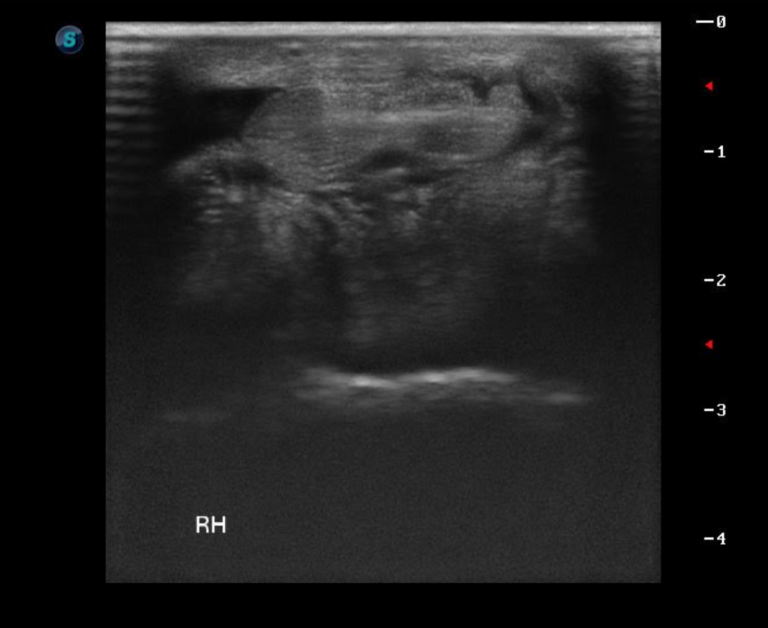
From objective data to subclinical data

The case of detection not perceived by visual observation is regularly found among users of the Tendiboots™ system.
Let’s take another example with a six-year-old show jumping horse, followed by Dr Stéfano Tassan, based in Italy. The horse was presented for consultation because of difficulties in the effort. No lameness was clinically identifiable and this absence of lameness was confirmed by the horse boots.
Nevertheless, these indicated a shorter stride length of the right front limb, which caught the practitioner’s attention. The veterinarian then wanted to deepen his research by doing ultrasound on the right front limb. He finally diagnosed an occult tendinopathy of the superficial flexor tendon of the right anterior.
In this case once again, the data from the horse boots made it possible to guide diagnostic research and to detect tendinitis before the onset of lameness.
As part of the racehorse follow-up, Dr. Kerry Pride, located in the United States, also integrated the Tendiboots™ system. During the racing season, the horse boots allow her to know the usual data of the horses she follows and to prevent the risk of poor performance or injury.
In the 2021 season, she followed a four-year-old stallion who showed no lameness on visual examination and had no known history of locomotion pathology. The use of Tendiboots™ has however highlighted a functional imbalance in the analysis of the horse’s locomotion (unequal distribution of the load between the front limbs in favor of the right limb).
Dr. Pride then wanted to use thermography to detect a warning sign of inflammation and prevent any risk of poor performance in this racehorse. During this additional examination, the equine presented a greater thermal signature of the left front limb, a limb presenting less data with the Tendiboots™.
After a correction in its farriery management, the distribution of the load indicated by the Tendiboots™ was rebalanced, as was the thermographic examination of the forelimbs.
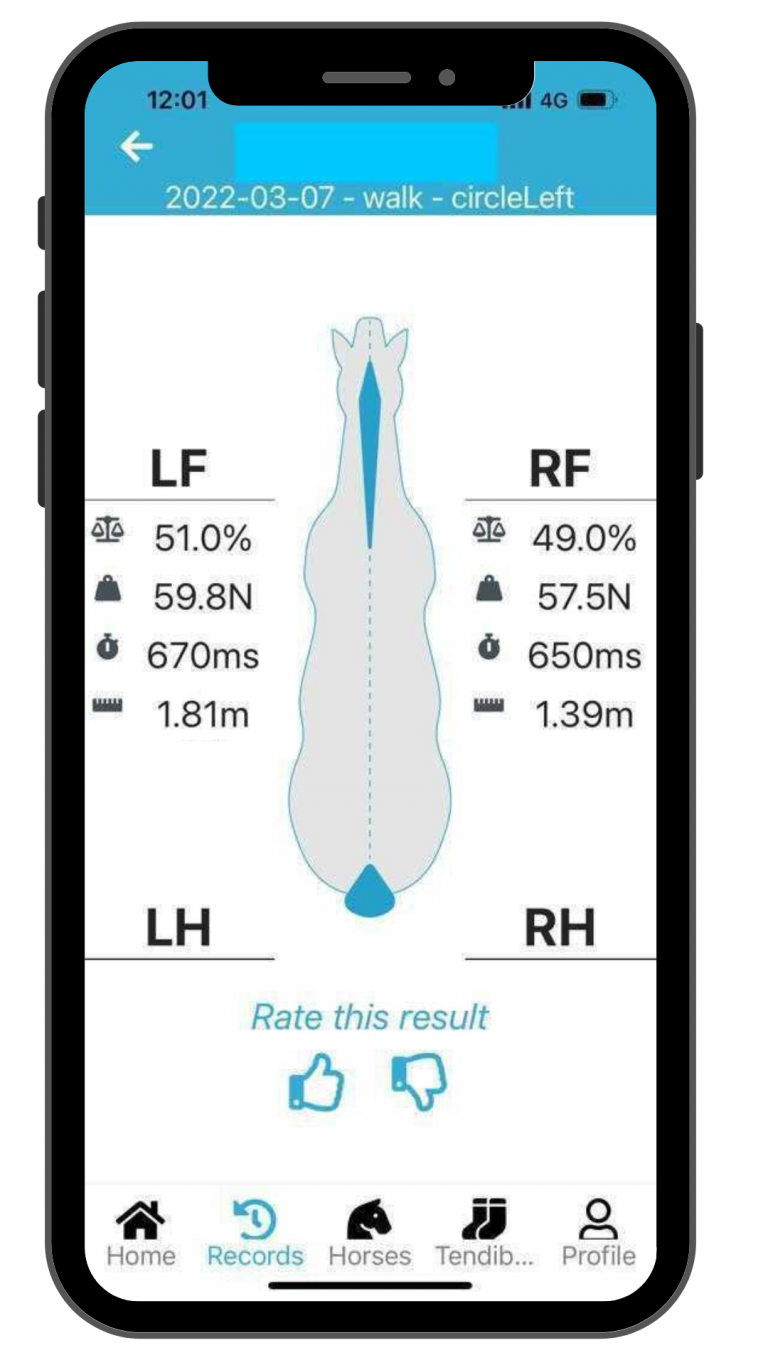
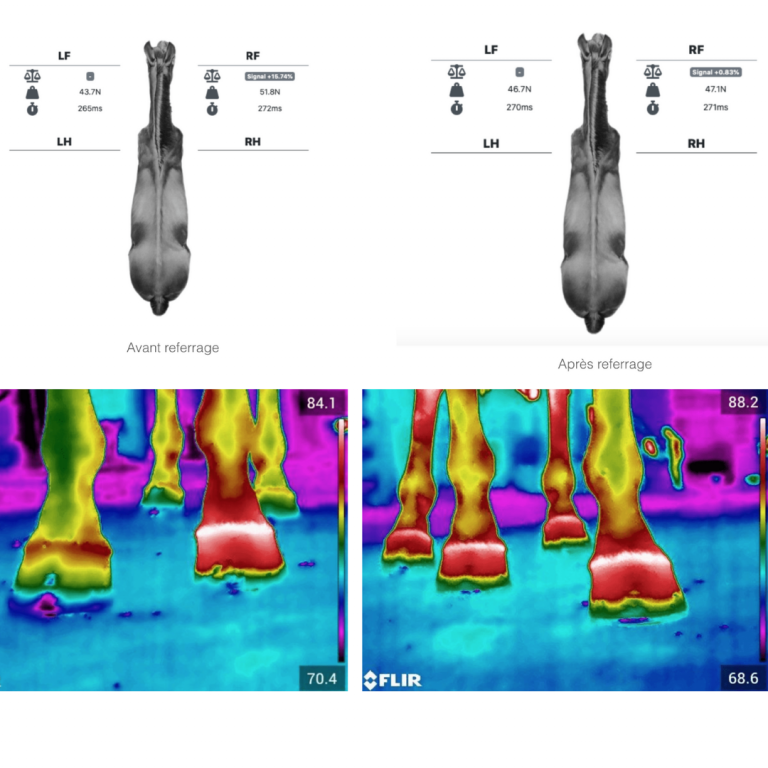
Objective data dedicated to equine veterinarians
During consultations with Tendiboots™, many equipped veterinarians report the interest of riders/owners and trainers for this device, and particularly in the field of equestrian sports, where the use of protective horse boots is very widespread.
Tendiboots™ are placed on the limbs of horses like traditional horse boots, with the difference that this connected tool collects data of the horse’s gait. The possibility of being able to illustrate how locomotion evolves is an advantage for owners who do not always visually perceive the evolution of the locomotion of their horses during staged anesthesia, for example.
In conclusion, Dr. Rodrigo Riba de Ave is clear on his position regarding objective data: “These must be contextualized and interpreted by the veterinarian only because he is the only one with the require knowledge and experience in equine veterinary medicine.”


